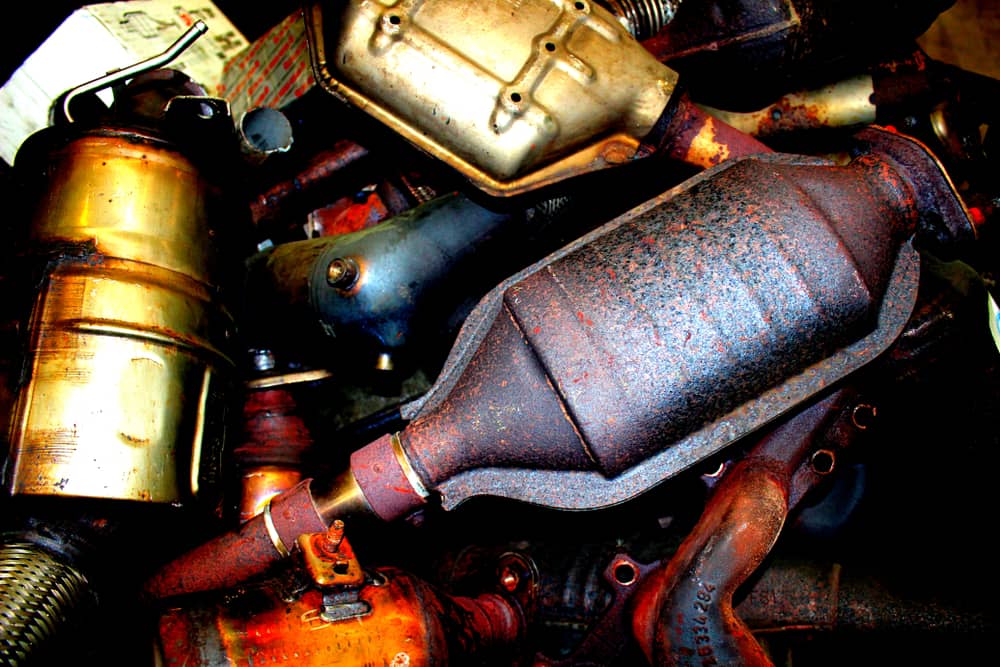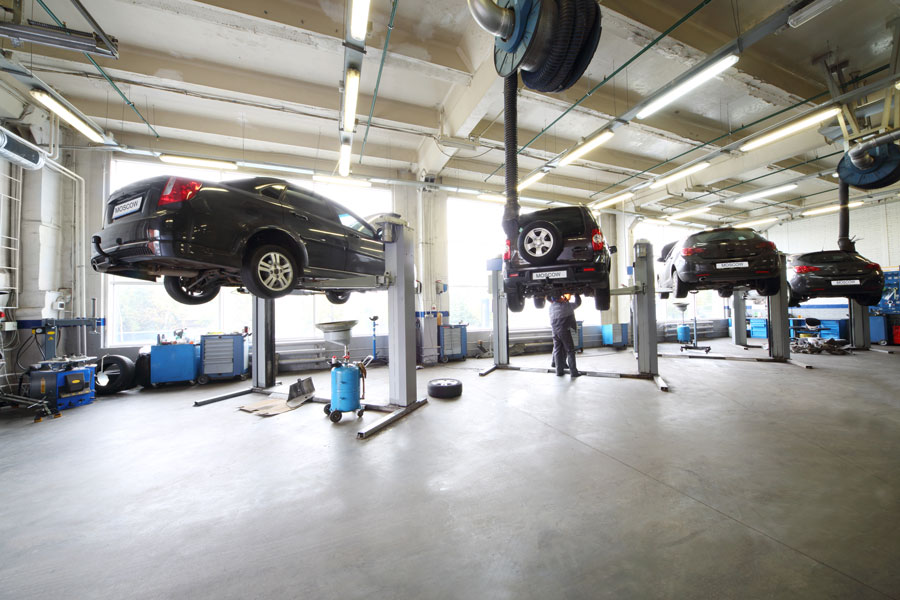Bad Driving Techniques and Habits
Do NOT do these things! Some of these driving techniques will risk your safety, others risk the durability of your car and the rest are just plain foolish. Let’s see what they are.
One-hand driving
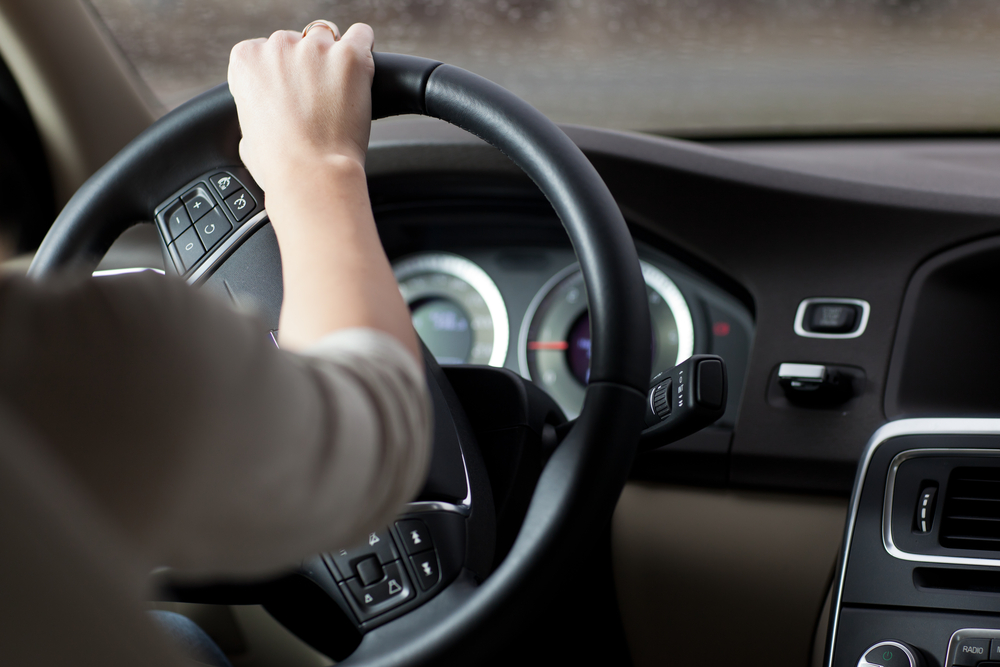
It may be boring to keep both hands on the steering wheel at all times, but some people seem to have made a rule not to use both hands. Apparently, they seem to think holding the steering wheel with both hands makes them look uncool.
However, it is in fact the opposite. If we’re talking about nice highway cruising, then that’s fine. However, for any unexpected situations, both of your hands need to be on the steering wheel. You would be able to feel the difference in the control you have over the car.
Also, do remember the last time you had a near collision while holding your steering wheel with one hand only. Your right foot went to the brake immediately and your other hand grabbed the steering wheel. This is completely instinctive because, even though your cool self refuses to admit it, your brain knows that for better control you need both hands. If you don’t trust us, ask the racing drivers. Their hands are always on the steering wheel.
10 and 2

This refers to the position of your hands on the steering wheel. The 10-2 position is what most older drivers were taught as the best position. However, this is not the case. The 9-3 position is far better and it gives you more control and more room to maneuver.
Looking at the curve

When approaching a curve many drivers focus on the immediate surroundings. If there is no immediate need for that due to some obstacle, pedestrian or an oncoming vehicle, you will judge the best speed and angle far better if you look further away.
This is especially important for sporty driving when the approach and exit angles are paramount.
Not getting to know your car
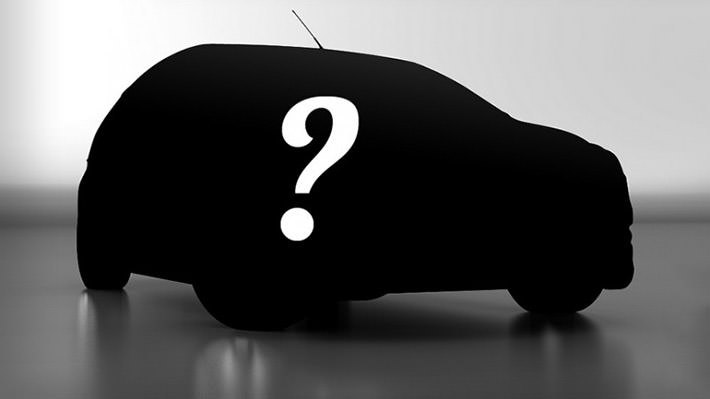
Most drivers choose to stay away from problems and this is smart. However, you can’t always choose what happens around you. This is why you should know what to expect from your car in more dramatic situations. For example, if you are driving a RWD car, you should get familiar with oversteering, since it can occur whether you like it or not. Knowing how to negate it and why NOT to slam the brakes only when the rear starts to dance is far better than screaming your lungs out. Just like anything else, this requires at least a bit of experience.
The same goes with FWD cars and understeer. Your steering can betray you at higher speed turns, so make sure you know the limits of your car.
Turning your head when going backwards or parking

This is something that you often need to do in order to have the whole picture, so don’t skip it completely. However, most of your backwards maneuvers should be done via rearview mirrors. They give you a far better insight into your available space and they are the only way to perform an exceptionally narrow backwards pass with complete safety.
Shifting the automatic gear while going in the opposite direction
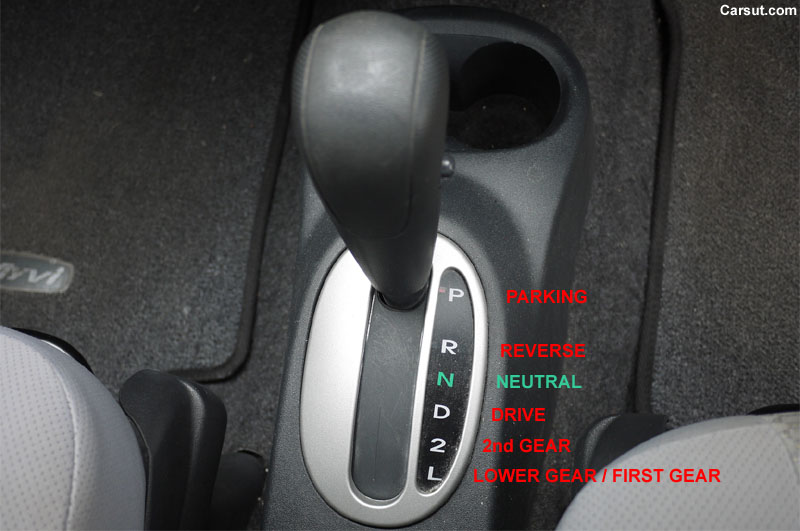
If you are going backwards, don’t shift into D while still moving – if you are going forward, don’t shift into R while still moving. You’ll put some serious strain on your transmission and there are two things that can happen. You can either damage your gearbox, or it can simply ignore your input, especially at higher speeds. Neither is good. If you want to shift between D and R, make sure you are at a standstill.
Laid back sitting
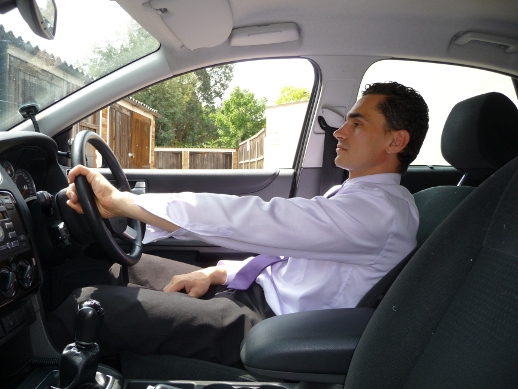
You need to be comfortable, but sinking into your seat and just barely reaching for the top of the steering wheel with one hand is not good. Aside from looking pretentious, you also have no real control over the car. If you can’t turn while holding both hands on the wheel, you are too far from it.

